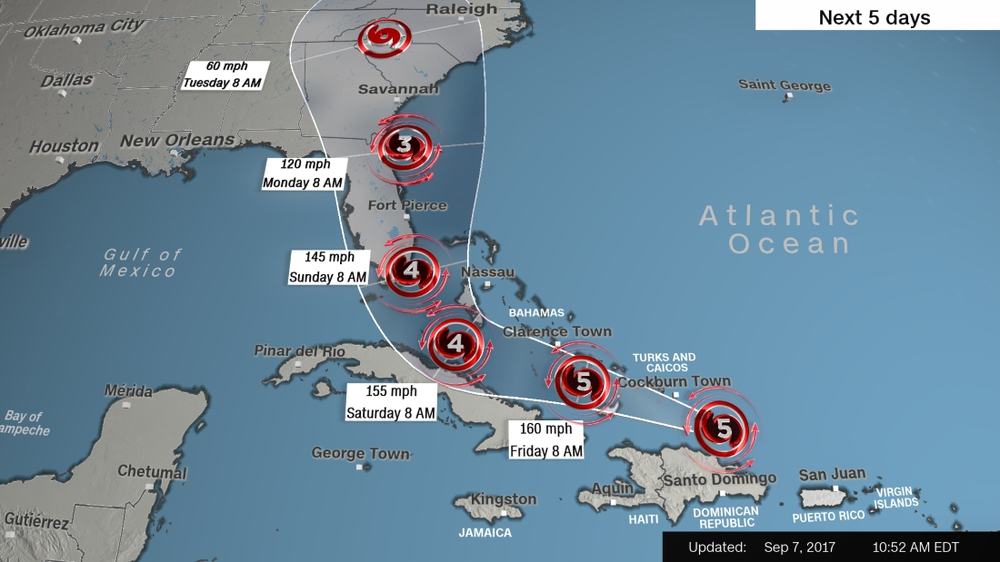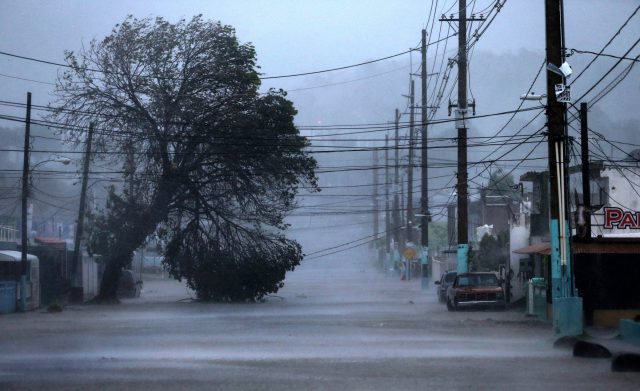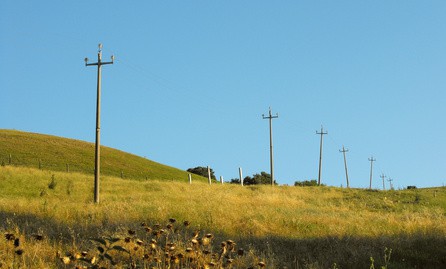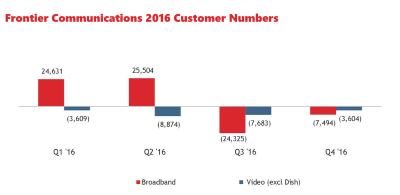 Frontier Communications has started notifying the Federal Communications Commission of small-scale retirements of its existing copper wire facilities in favor of all-fiber optic replacements.
Frontier Communications has started notifying the Federal Communications Commission of small-scale retirements of its existing copper wire facilities in favor of all-fiber optic replacements.
The company has begun copper wire retirement with certain customers in the hamlet of Adams Basin in Spencerport, N.Y. and League City, Tex. near Houston, in both cases due to roadwork.
“Frontier Communications announces that it is retiring copper feeder plant as part of a Highway Improvement plan impacting its Spencerport, New York Central Office,” Frontier wrote in its notification to the FCC. “The copper loops will be replaced with fiber to the home and impact a portion of the Spencerport Central Office service area. After the planned copper retirement, there will no longer be copper loop feeder facilities providing connectivity between Frontier’s Spencerport, NY Central Office and the customer premises locations listed below. Frontier is planning to replace the existing copper loops with fiber drops as part of this project. After the planned network changes are implemented, Frontier will (1) no longer offer services over copper facilities; and (2) cease maintaining the copper facilities. Following the transition to fiber, customers can anticipate receiving services from Frontier that are equivalent to or better than those they received over copper facilities, and at that same prices.”
The retirement will not impact the entire community of Spencerport, but rather customers near the hamlet of Adams Basin, named for the Adams-Ryan House, an inn opened in 1825 that provided rest and refreshments for those journeying the original Erie Canal.
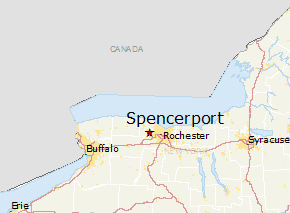 Affected Customers:
Affected Customers:
- 3486-5206 Brockport-Spencerport Rd.
- 439-550 Washington St.
- 2-31 Dresser Rd.
- 40-100 Hubbell Rd.
- 545-848 Gallup Rd.
- 5-211 Campbell Rd.
- 4436-4452 Canal Rd.
In League City, Tex. Frontier will retire its copper network in areas around a road expansion project widening Calder and Butler Roads and Turner St. Affected customers will receive FiOS fiber to the home service instead. The handful of impacted customers are located at:
- 2502-3000 Butler Rd.
- 1313-1325 Turner St.
- 1201-1217 Weyer St.
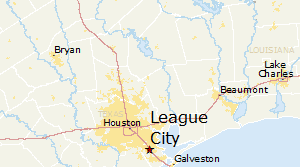 Frontier’s very conservative fiber expansion effort was discussed by Perley McBride, chief financial officer at the phone company, during the recent Goldman Sachs Communacopia 2017 conference.
Frontier’s very conservative fiber expansion effort was discussed by Perley McBride, chief financial officer at the phone company, during the recent Goldman Sachs Communacopia 2017 conference.
McBride predicted Frontier would expand fiber to the home service to 50,000-100,000 customers over the next two years, mostly in new housing developments.
“Anywhere there are ‘greenfield’ or subdivision builds, that’s always fiber-to-the home,” McBride said. “We will do about 50,000 of those this year and another 50,000 to 100,000 next year. We do see instances where overlaying fiber on top of fiber-to-the-home and fiber-to-the-node has made some sense. I think the beauty of the fiber-to-the-home network is that it is low-cost. If you need to then move into the next generation of speed, it’s not a very capital-intensive change you have to make.”
It also seems likely Frontier will replace copper wiring infrastructure in areas where infrastructure projects are underway, particularly those that will require utilities to relocate their current infrastructure, such as in road construction or expansion projects. In the past, Frontier would have moved poles and either reused existing copper wiring or replaced it with new copper wiring. As seen in New York and Texas, fiber will likely now be used instead.
But such upgrades are incremental at best, and upgrading 100,000 customers to fiber optics is a small percentage of the nearly five million residential customers Frontier serves across the country.


 Subscribe
Subscribe Frontier Communications spent $2 billion in 2014 to purchase AT&T’s Connecticut wireline business, believing it could make a fortune selling internet and cable television service to wealthy Nutmeg State residents over a network AT&T upgraded to fiber-to-the-neighborhood service several years earlier.
Frontier Communications spent $2 billion in 2014 to purchase AT&T’s Connecticut wireline business, believing it could make a fortune selling internet and cable television service to wealthy Nutmeg State residents over a network AT&T upgraded to fiber-to-the-neighborhood service several years earlier.

